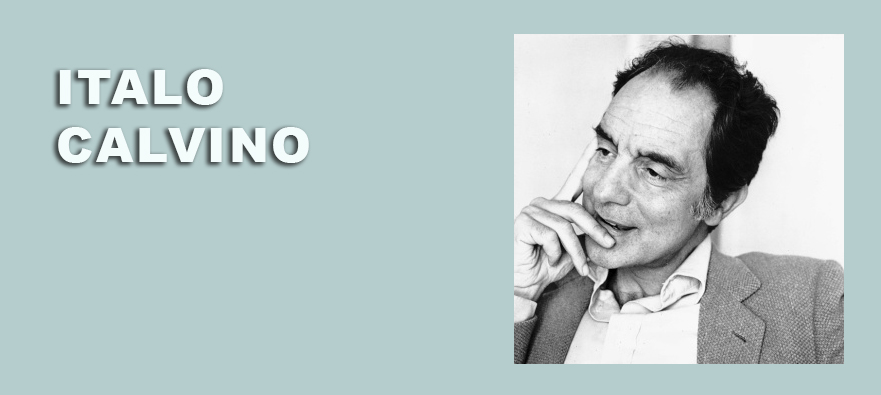Calvino on the Invisible Cities
Italo Calvino (1923-1985) was one of the most important fiction writers in the late twentieth century, now representing the Italian writer par excellence.
He is mostly known for his literary experimentation which led him to blend fantasy, fable and history to give an illuminated depiction of modern life.
His most interesting book “The Invisible Cities” of 1972 consists of a series of prose poems describing 55 fictitious cities each of which has its own story which can be read as a parable or meditation on the human experience.
Calvino explains: “I wrote the book to discover the secret reasons why people live in cities. But in the end, what I have written is something like a love poem to a city at a time when it is immensely difficult to live there.”
The nine chapters in which the book is divided begin and end with a conversation between Marco Polo and the elderly Emperor of the Tartars, Kublai Khan, who listens attentively to Polo’s descriptions of the cities he has visited while travelling around the Khan’s vast decaying kingdom.
These short dialogues provide commentaries and reflections regarding the stories and are interspersed every 5 to 10 cities grouped by theme: Cities and Memory, Cities and Desire, Cities and Signs, Thin Cities, Trading Cities, Cities and Eyes, Cities and Names, Cities and the Dead, Cities and the Sky, Continuous Cities and Hidden Cities.
Calvino contrived the dialogue between the Venetian Merchant and the Emperor of the Tartars as a frame to the nine parts of the book where the interaction between story-teller and listener would evolve parallel to the narrative, providing their own reflections to the stories.
When describing the 55 cities, all of which carry a woman’s name, Polo attentively chooses those details of the city which appear invisible to the Khan’s ambassadors in order to define its characteristics. His descriptions are not just a matter of fantasy: the reports of the Venetian merchant contain profound truths on the progress of society.
In this infinite ocean of descriptions and cities that seem almost surreal, the reader's task is to look critically and attentively at the crazy rules and secret characteristics that govern the places that Marco Polo visits. The book does not tell of cities that are seen, but of those that are not seen. However, it is not for this reason that they do not exist.
 English
English
 Italian
Italian 

 by
by 


Be the first to comment on this post